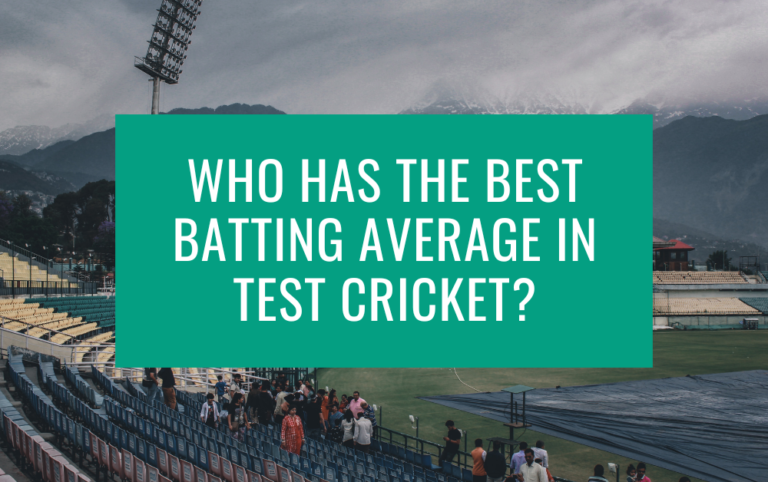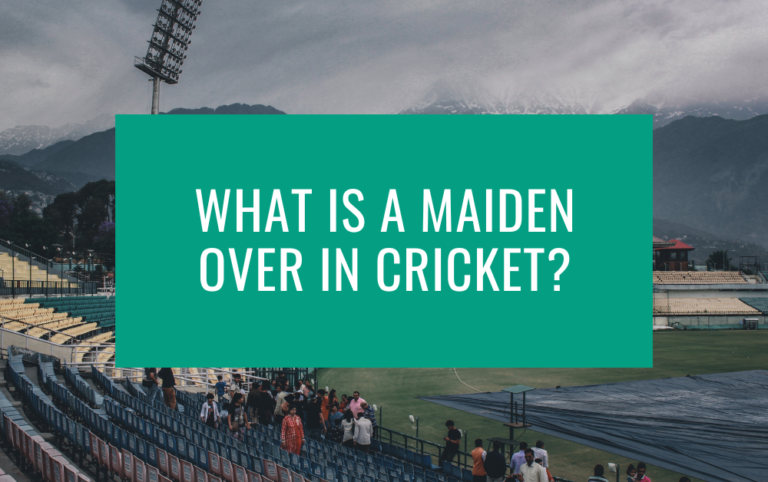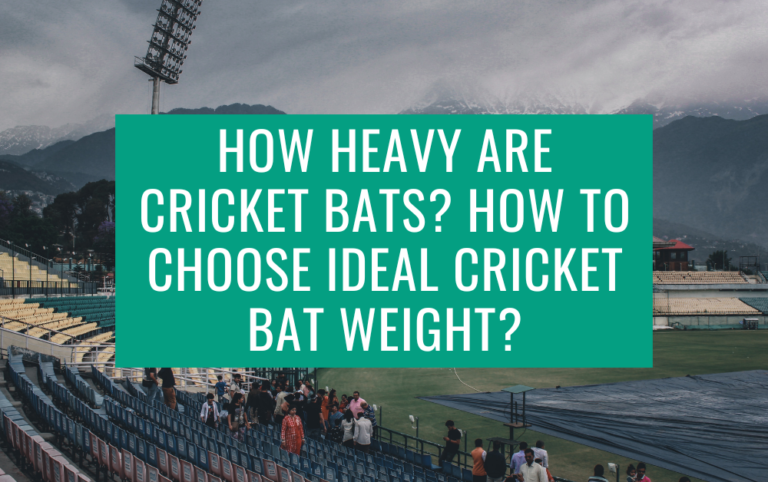Cricket, one of the world’s most popular sports, has a rich history that is deeply intertwined with the evolution of its equipment, especially the cricket ball.
The cricket ball is the beating heart of the game. But not all cricket balls are created equal. Various types of cricket balls are used in different formats to balance bat and ball. This guide explores the specialized balls crafted for Test matches, ODIs and T20s.
This article delves into the different types of cricket balls used in the sport, examining their unique characteristics and roles in various formats of international cricket. Understanding the types of cricket balls is crucial for both players and enthusiasts, as it significantly influences the game’s dynamics.
Here, we explore the fascinating world of cricket balls, from the traditional red to the contemporary pink, unraveling their significance in the sport’s rich tapestry.
What is a Cricket Ball and Its Basic Composition?
A cricket ball is at the heart of the sport. It is a hard, solid ball used in cricket games, typically made of cork covered by leather. Traditionally, cricket balls are red, but other colors like white and pink are also used. The manufacturing process involves stitching two halves of the leather case together, with the seam playing a crucial role in the ball’s behavior during a match.
Different Types of Cricket Ball Used In International Cricket
The Classic Red Ball: Tradition and Test Cricket
The red ball is the oldest and most traditional types of cricket ball. It is primarily used in Test matches and first-class cricket due to its visibility in daylight and its ability to maintain condition over a longer period. The red ball swings more initially and is conducive to seam movement, making it a favorite among fast bowlers.
The White Cricket Ball: A Revolution in Limited-Overs Cricket
Introduced during the World Series Cricket in the late 1970s, the white ball became a staple in limited-overs cricket, including One Day Internationals (ODIs) and Twenty20 matches. The white ball is easier to spot under floodlights, making it ideal for day-night matches. It behaves differently from the red ball, offering less swing and deteriorating quicker.
The Advent of the Pink Ball: Innovations for Day-Night Tests
The pink cricket ball is a relatively new introduction, designed specifically for day-night Test matches. It offers better visibility under floodlights and retains its condition longer than the white ball. The pink ball has a different behavior pattern, often offering more swing under lights, adding a new dimension to Test cricket.
Kookaburra, SG, and Dukes: The Big Three in Ball Manufacturing
Three main companies manufacture cricket balls used in international matches: Kookaburra, SG, and Dukes. Each brand has its unique characteristics. Kookaburra balls, used primarily in Australia, New Zealand, and South Africa, are known for their pronounced seam. SG balls, used in India, offer more spin and bounce. Dukes balls, preferred in England, are renowned for their ability to swing.
How Much Does a Cricket Ball Weigh?
As per the Marylebone Cricket Club laws, cricket balls across formats weigh between 155 and 163 grams. There are slight variations in approved weight ranges for different manufacturers. But all standard balls weigh roughly between 5.5 to 5.75 ounces.
Heavier balls can deliver extra momentum for fast bowlers. Lightweight balls are easier to hit for boundaries. The defined weight range ensures an even balance between bowling and batting.
The Role of the Cricket Ball in Different Formats
The types of cricket ball used significantly affects the game’s format. In Test cricket, the red ball’s ability to maintain condition makes it suitable for the game’s longer format. In contrast, the white ball’s quicker deterioration suits the shorter, more aggressive format of ODIs and T20s. The pink ball brings a unique challenge to day-night Test matches, often changing behavior as the day progresses.
Why Are Two Different Types of Cricket Balls Used Per Innings?
In Test cricket, two new balls from opposite ends are mandated since they provide distinct benefits:
- The harder new ball offers fast bowlers initial swing, bite and momentum upfront.
- The relatively older ball gets scuffed up on one side. This generates reverse swing when bowled by skilled practitioners.
So different balls add to the diversity of bowling options over long innings. ODIs also permit both innings to start with a fresh new white ball.
How the Cricket Ball Affects Playing Strategies
Players adjust their strategies based on the types of cricket balls used. Fast bowlers prefer the red and pink balls for their swing and seam movement, while spinners may find the SG ball more to their liking. Batsmen often find the white ball easier to score off in ODIs and T20s, as it doesn’t swing as much and deteriorates faster.
The Evolution of the Cricket Ball Over the Years
The evolution of the cricket ball reflects the changes in the sport itself. From the exclusive use of the red ball, cricket has adapted to include the white and pink balls to suit different formats and conditions. This evolution signifies cricket’s ability to innovate and evolve, keeping the game fresh and exciting.
Maintaining and Caring for Cricket Balls
Maintaining the condition of the cricket ball is crucial in a match. Teams employ various strategies, from polishing one side to maintaining the seam, to extract favorable conditions. The ball’s maintenance is as strategic as any playing technique and is integral to the game’s outcome.
The Future of Cricket Balls: What Lies Ahead?
The future of cricket balls may see further innovations in materials and design to suit changing playing conditions and formats. With the sport evolving, there might be new types of cricket balls introduced, catering to specific needs of the game, ensuring that cricket continues to be dynamic and engaging.
Conclusion: The Cricket Ball’s Central Role in the Sport
The cricket ball, in its various forms, plays a central role in shaping the sport of cricket. Its evolution from the traditional red to the innovative pink ball highlights cricket’s ability to adapt and grow. Understanding the different types of cricket balls used in the sport is essential for appreciating the game’s complexities and nuances.
Key Takeaways:
- There are three main types of cricket balls: red, white, and pink, each suited to a different game format.
- The red ball is used in Test matches, the white ball in limited-overs cricket, and the pink ball in day-night Test matches.
- The manufacturing brands – Kookaburra, SG, and Dukes – each bring unique characteristics to their balls.
- The types of cricket balls significantly influence players’ strategies and the overall dynamics of the game.
- The evolution of cricket balls mirrors the sport’s ability to innovate and adapt to changing times.
For more insights into cricket equipment and game strategies, visit CricHD





